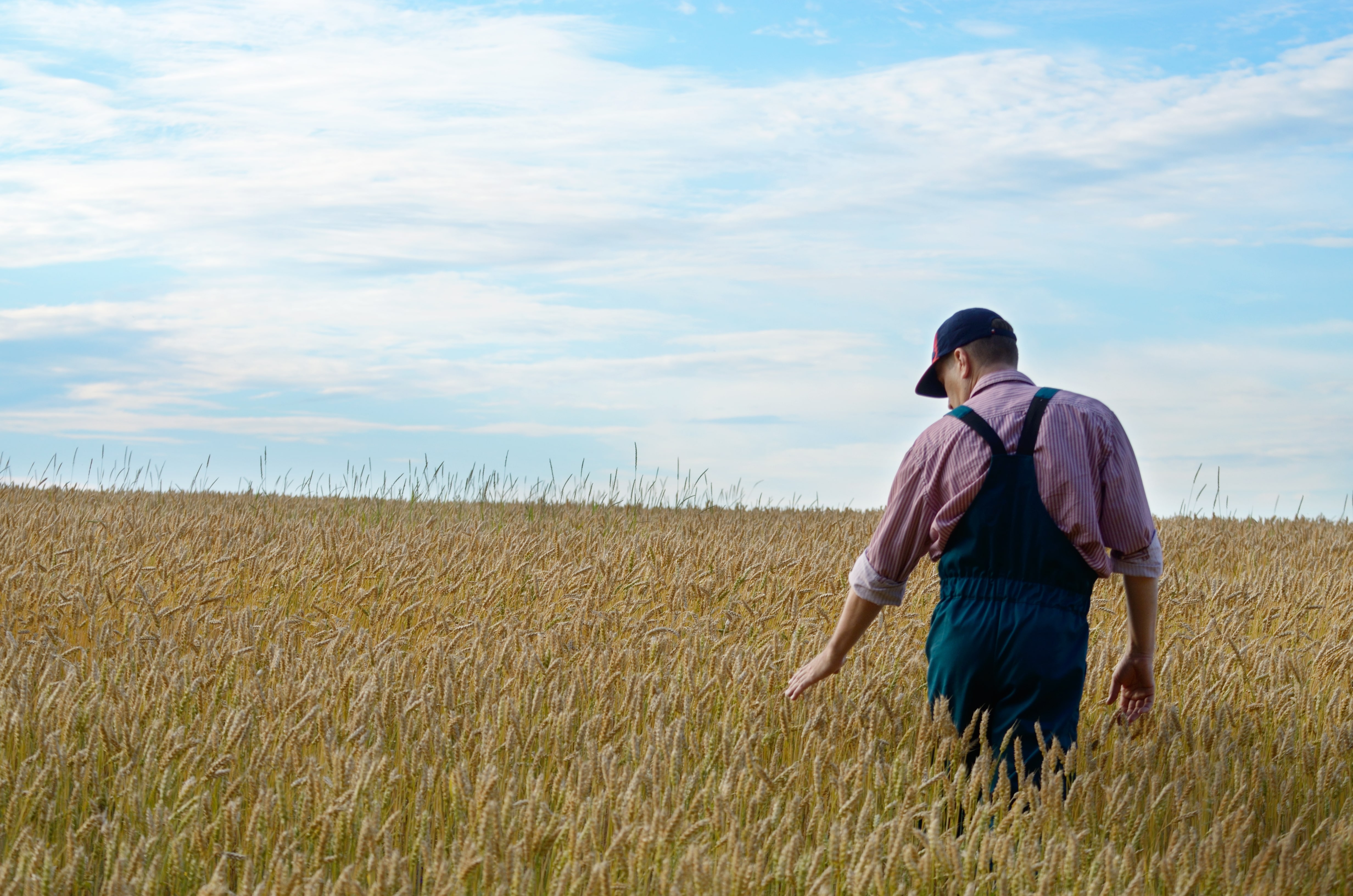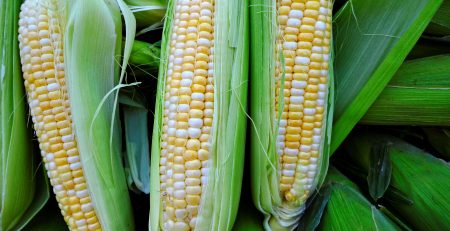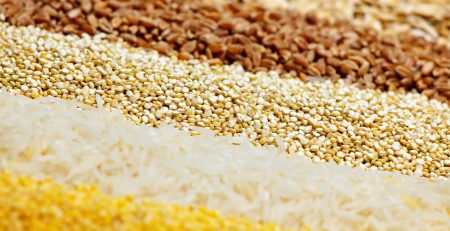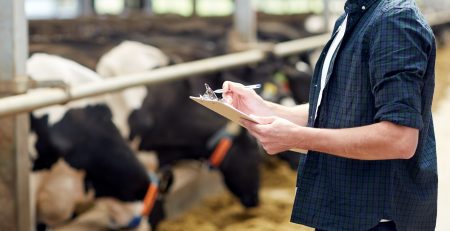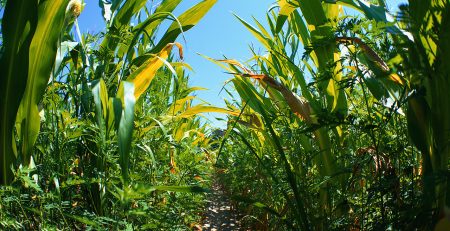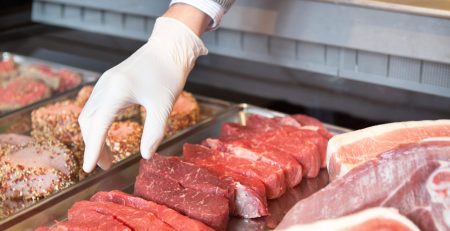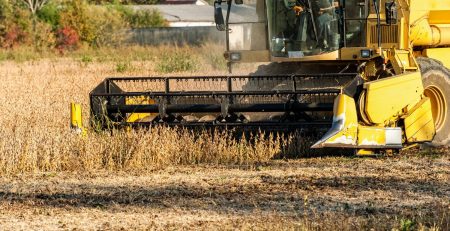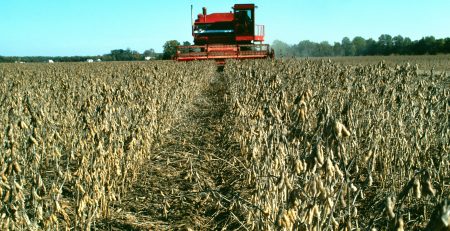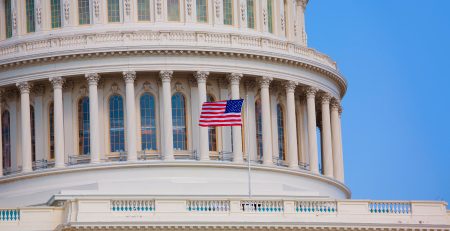$22 to $56 An Acre ROI Realized in Row Crop Conservation Case Studies
How farmland is used today will determine the quality and quantity of food produced in the future. It also will influence the future health of soil, water and air quality.
“Long before we run out of the agricultural land we need to feed us, we’ll run out of the agricultural land we need to heal the planet,” notes John Piotti, president of American Farmland Trust (AFT).
AFT’s research shows that by applying just two regenerative practices on cropland, such as cover crops and crop rotation, for example, agriculture can reduce the equivalent of 87% of all greenhouse gases.
“We could become not only carbon neutral, we could become a carbon sink. That’s what we need agriculture to do,” he says.
Yet Piotti says farmers must gain financially from conservation agriculture. He points to eight farmer case studies AFT developed recently to help other farmers identify how soil health practices can benefit them and provide a return-on-investment.
With each case study, AFT conducted benefit-cost analyses. It also used USDA’s Nutrient Tracking Tool and USDA’s COMET-Farm Tool to quantify the water quality and climate benefits of these practices.
The eight case studies feature almond farmers in California, corn-soybean farmers in Illinois and Ohio, and diversified crop farmers in New York.
Here is a sampling of bottom-line results some of the farms gained:
1. Thorndyke Farms in Illinois improved its bottom line by $34 per acre and by $47,086 on the 1,400 acres in the study by adopting strip-till, no-till, nutrient management and cover crops.
2. The Ifft Yorkshires, also based in Illinois, improved their bottom line by $22 per acre and by $35,685 on the 1,800 acres in the study by adopting nutrient management and cover crops.
3. Ohio-based MadMax Farms improved its bottom line by $38 per acre and by $47,569 across the 1,250 acres in the study by using no-till, cover crops and variable rate fertilizer applications.
Content within the Farm Journal Forum is the property of Farm Journal, Inc and protected by copyright.
